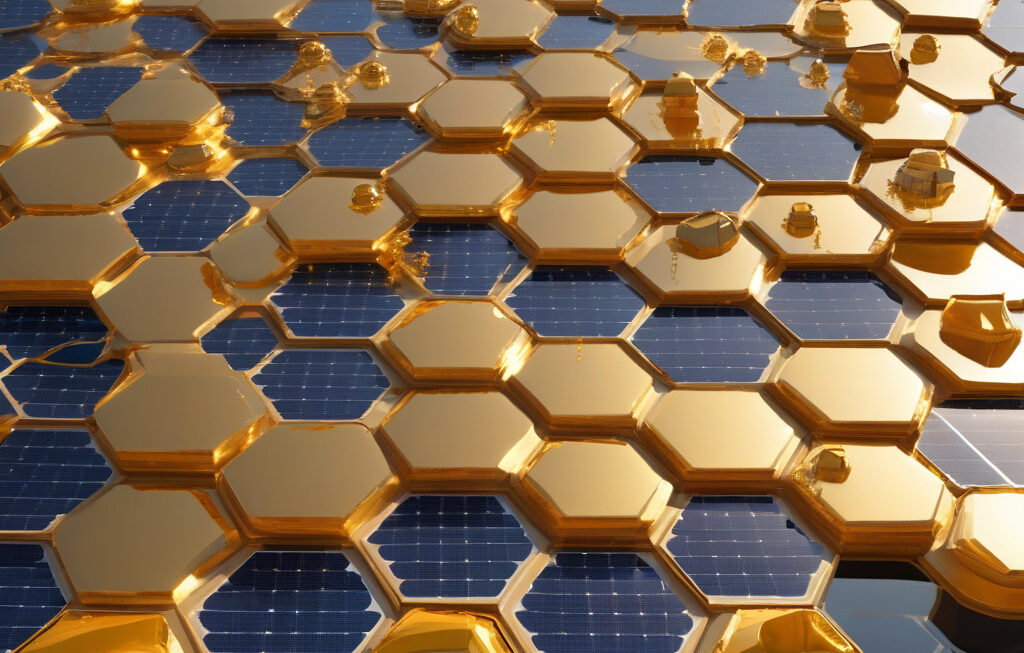Solar Cells on Ultra-Thin Glass: Revolutionizing Energy Systems for Satellites and Space Materials
Scientists are working on a project that can transform solar power in space with the development of solar cells on ultra-thin glass. This innovative technology has the potential to revolutionize energy systems for satellites and space materials, paving the way for a more sustainable and efficient approach to power generation in outer space.
The traditional solar panels used in space missions are bulky and heavy, posing significant challenges in terms of transportation and deployment. However, the integration of solar cells on ultra-thin glass offers a lightweight and flexible alternative that can be easily transported and installed on various surfaces, including spacecraft, satellites, and space stations.
One of the key advantages of solar cells on ultra-thin glass is their high efficiency in converting solar energy into electricity. These advanced solar cells have the potential to significantly boost the power generation capabilities of space missions, enabling longer durations in space and increased functionality of spacecraft and satellites.
Moreover, the use of ultra-thin glass as a substrate for solar cells provides enhanced durability and resilience to harsh space conditions, such as radiation, micrometeoroid impacts, and thermal cycling. This ensures the longevity and reliability of the solar power system, reducing the need for frequent maintenance and replacement.
In addition to their technical advantages, solar cells on ultra-thin glass also offer cost-effective solutions for space-based energy systems. The lightweight and compact design of these solar cells result in lower transportation costs and easier integration into existing space infrastructure, making them an attractive option for future space missions.
Furthermore, the versatility of solar cells on ultra-thin glass opens up new possibilities for the integration of solar power into various space materials and structures. From solar-powered spacecraft to energy-efficient space habitats, this technology has the potential to transform the way we harness and utilize solar energy in outer space.
As scientists continue to explore the capabilities of solar cells on ultra-thin glass, the future of space-based energy systems looks brighter than ever. With their efficiency, durability, and cost-effectiveness, these innovative solar cells are set to revolutionize the way we power space missions and unlock new opportunities for exploration and discovery beyond Earth’s atmosphere.
In conclusion, the development of solar cells on ultra-thin glass represents a significant breakthrough in the field of space technology, offering a promising solution to enhance energy systems for satellites and space materials. By harnessing the power of the sun in a lightweight and efficient manner, this technology has the potential to reshape the future of space exploration and pave the way for sustainable and innovative space missions.
solar cells, ultra-thin glass, energy systems, satellites, space materials












